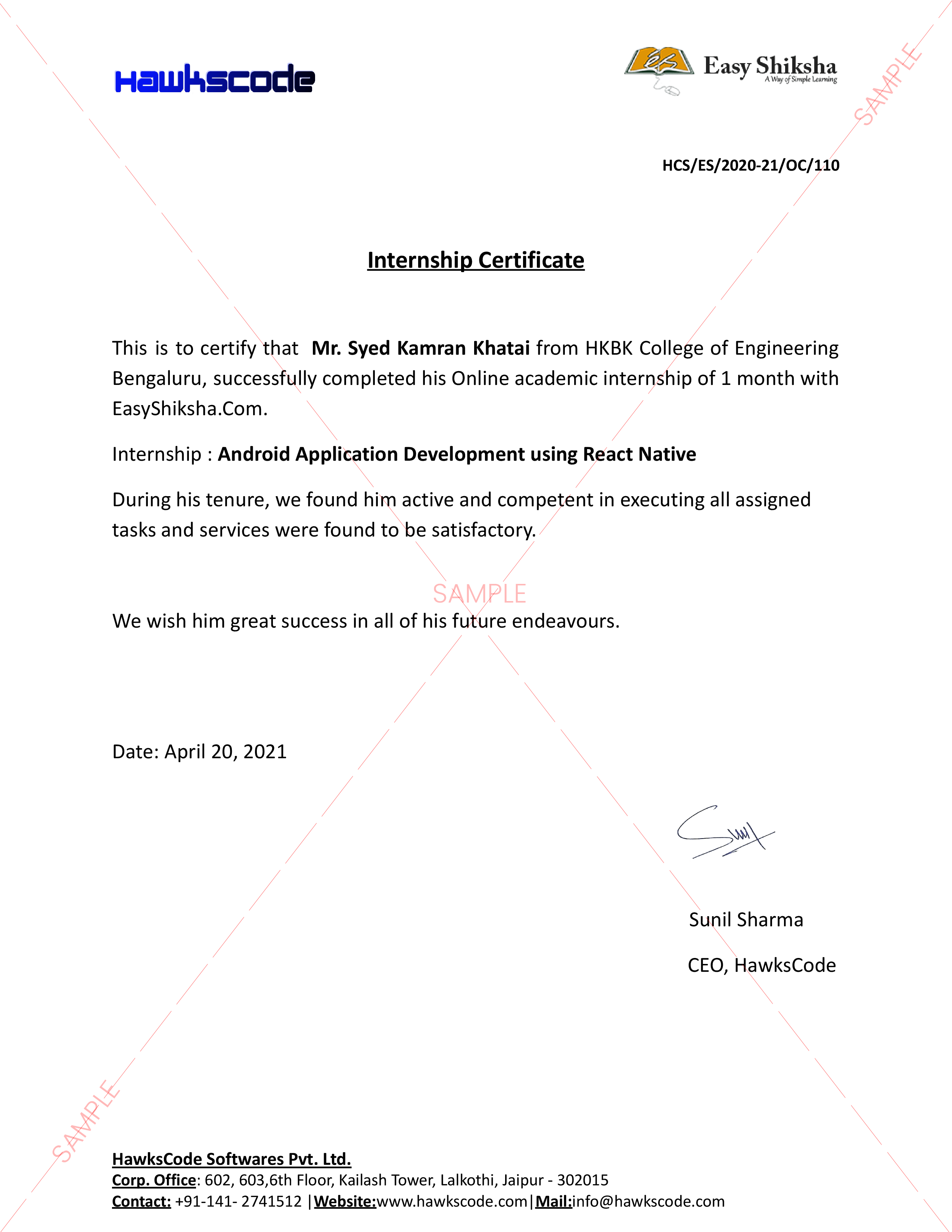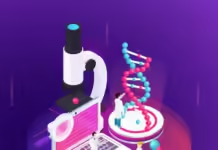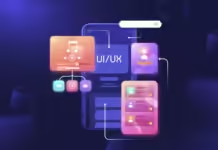Trending Technologies Article Attributed to Siddhant Jain, CEO and Co-Founder, Vdocipher
Introduction:
The digital revolution has ushered in unparalleled transformations in content creation, distribution, and consumption. Yet, it has also unleashed a wave of copyright infringement and intellectual property theft, especially in the realm of digital entertainment and education. This article explores the crucial need for effective Digital Rights Management (DRM) solutions in combating piracy and securing digital assets.
1. The Scale of the Issue:
Annually, the Indian entertainment sector loses a staggering USD 2.8 billion to digital piracy. The surge in piracy not only threatens the economy but hampers innovation in an industry ready for transformation. Over 80% of digital video piracy is now linked to unauthorized streaming, highlighting the urgent need for robust protective measures.
2. The Rise of DRM:
The strategic deployment of DRM frameworks emerges as a solution to combat digital piracy. DRM involves access control technologies that safeguard copyrighted hardware and content from unauthorized usage and duplication. Let’s delve into key mechanisms and solutions driving the rapid adoption of DRM.
3. Built-in DRM Capabilities:
Major digital streaming platforms, like Netflix, leverage proprietary DRM abilities for stringent access restrictions. Netflix encrypts and wraps all content, ensuring only paired software can unlock it. Third-party integrations, such as Spotify using Microsoft’s PlayReady DRM, showcase the market’s anticipated growth, exceeding USD 7.93 billion by 2027.
4. Third-Party DRM Plugins:
Media platforms integrate reusable DRM plugins to simplify encryption, key exchange, and authentication. Irdeto, a leading DRM vendor, collaborates with platforms like Roku and BBC, powering content protection for over 1 billion devices.
5. Blockchain-based DRM:
Incorporating blockchain into DRM systems offers revolutionary possibilities, including NFTs for establishing scarcity and provenance, global licensing through smart contracts, and transparent records for copyright disputes.
6. Forensic Watermarking Technology:
Watermarking is vital for tracking duplication and leaks. Forensic watermarking takes this a step further with invisible codes embedding owner information, aiding in tracing leaked media back to the source. Platforms like YouTube and Facebook already utilize watermarking.
7. Emerging Fingerprinting Techniques:
Next-gen content fingerprinting, including Automatic Content Recognition (ACR) and Perceptual Hashing, strengthens DRM. ACR uses audio, video, and metadata analysis for automatic content identification, while Perceptual Hashing uses generative modeling for dupe detection.
8. Empowering Online Educators Through DRM:
The e-learning market’s exponential growth brings forth copyright violations. Dedicated DRM solutions for teaching assets, including encryption and blockchain-based platforms, empower educators to safeguard content, ensuring fair compensation and discouraging unlawful usage.
Also Read The VIBGYOR Group of Schools’ 15th Edition of VIVAWraps Up Spectacularly!
Conclusion:
In a world where piracy threatens digital content creators, advanced DRM systems offer the best defense. From built-in encryption to NFT-based access tokens, these anti-piracy features provide hope. As online educators rise, DRM capabilities become pivotal for sustainability, encouraging the creation of high-quality instructional content by ensuring fair compensation and protection against unlawful usage. In the battle against piracy, advanced DRM stands as a beacon for a secure and thriving digital landscape.
This year educate yourself and develop your career with EdTech Platform EasyShiksha

































































